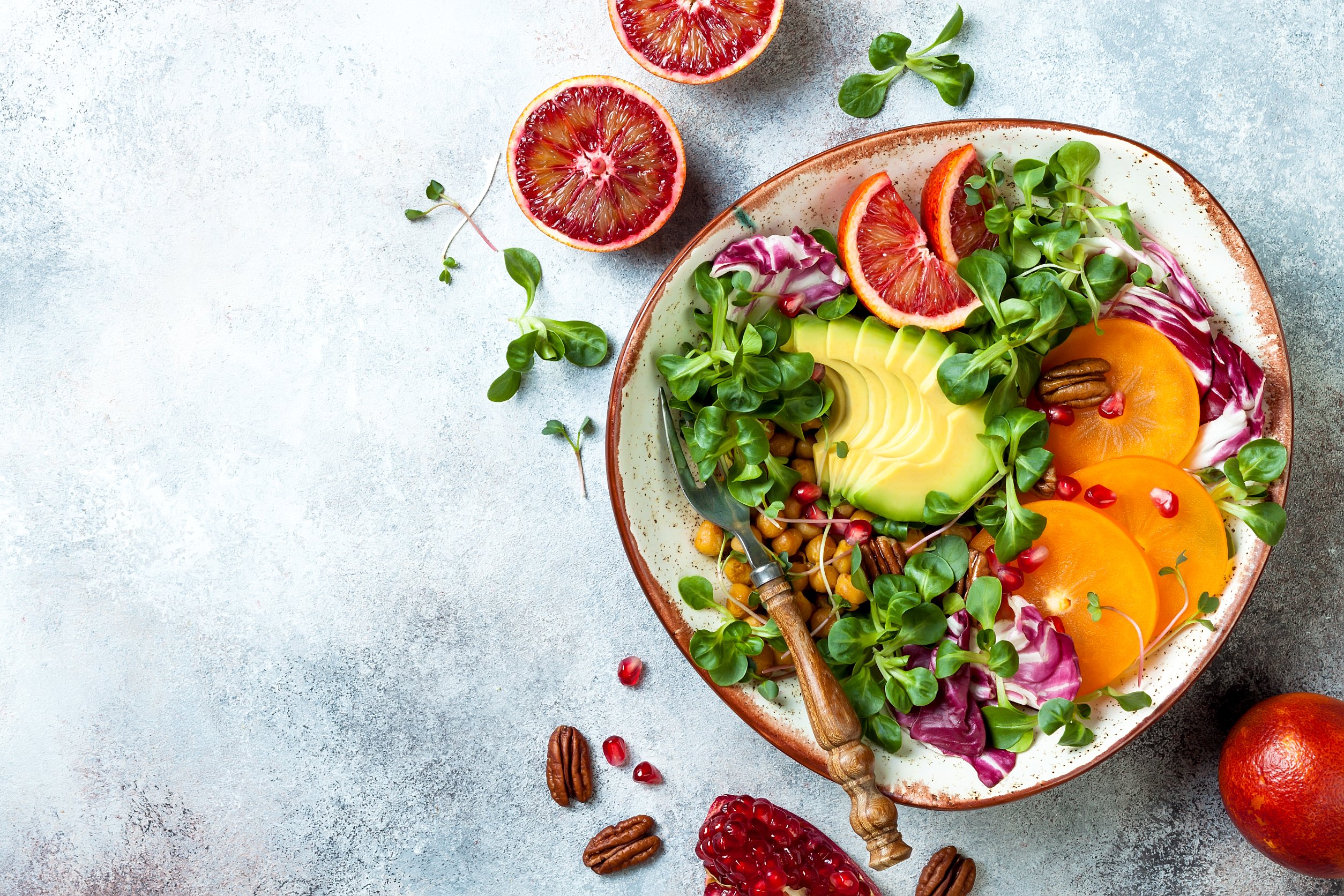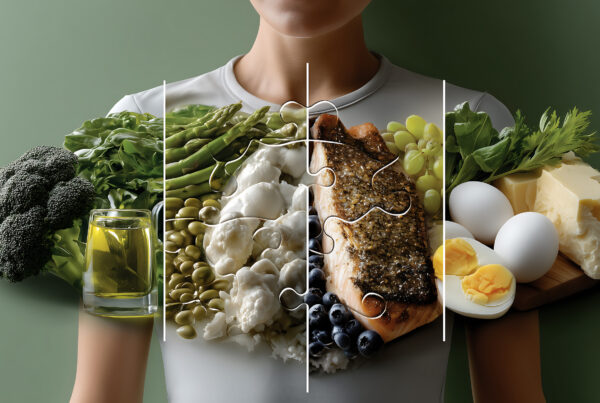”Question: How can an anti-inflammatory diet relieve pain as I age?
Reading time: 4 Minutes
MWi Hack:
- Learn how you can use food to lower your inflammation levels, and thus help manage pain.
MWi Summary:
-
- Inflammation is a common source of chronic pain. Focusing on anti-inflammatory foods can help decrease pain levels.
- Three diet basics that can help decrease inflammation are:
- Eat the rainbow
- Restrict dairy and grains
- Avoid red meat
- Other actions you can take to lower inflammation levels are managing stress and walking daily.
3 basic steps can help you leave medications behind
If you live with chronic pain, experts say a diet makeover with a focus on vegetables can have a dramatic effect.
Those who follow a strict vegan or Mediterranean diets have seen a complete turnaround in their pain symptoms, according to pain management specialist William Welches, DO, PhD. He says getting regular exercise, controlling stress, and eating healthy foods all work together to reduce inflammation and chronic pain.
“Research shows that diet should be an integral part of a pain management program — especially as patients age,” says Dr. Welches. “A vegan or Mediterranean diet — or healthier eating inspired by these diets — can control insulin and cholesterol levels and reduce inflammation — which is the pain culprit.”
Painful inflammation is the body’s response to toxins
Inflammation is the body’s immune response to toxins as it works to “purify” itself. The resulting inflammation not only causes pain in the body. Over time, it also can trigger chronic diseases, such as heart disease and strokes, diabetes, Alzheimer’s disease, and even depression.
There are many ways to treat and manage chronic pain. One of the most exciting approaches, however — because it is all natural — is adopting an anti-inflammatory diet. The other options for pain don’t always work. Many patients don’t benefit from neural (nerve) blocks, and medication therapy often leads to undesired side effects.
An anti-inflammatory diet, however, often eliminates the unpleasant side effects of some medications that cause fogginess, memory loss and sleepiness.
“Following an anti-inflammatory diet is powerful therapy for pain control with many beneficial side effects,” Dr. Welches says. “The anti-inflammatory diet is considered an integrative approach to pain management, along with exercise, stress management, osteopathic manipulation therapy and acupuncture.”
A good amount of research also shows that an anti-inflammatory diet can ease fibromyalgia and chronic pain symptoms.
The 3 diet basics you need to know
Dr. Welches advocates the following three basic diet guidelines, noting that physicians should encourage all of their patients to consider them:
- Eat the rainbow: Consume eight to nine servings of vegetables each day — make a couple of those servings of fruit, if you like. Cruciferous vegetables such as broccoli, Brussels sprouts, cabbage, and cauliflower are best.
- Restrict dairy and grains: Eat dairy products in limited quantities. When choosing grains, stay away from simple carbohydrates with refined sugar. Opt for whole grains, including barley, buckwheat, oats, quinoa, brown rice, rye, spelt, and wheat.
- Avoid red meat: Eat red meat the way most of us eat turkey right now — twice a year, Dr. Welches says. Have it on very special occasions, very infrequently. Instead, include fish as the “meat” or eat vegetarian main dishes. Chicken is neutral — not harmful but not beneficial in the anti-inflammatory sense.
Take these additional steps to enhance your results
To make your diet part of an integrative lifestyle built to reduce chronic pain and reduce or eliminate inflammation, Dr. Welches recommends these additional priorities:
- Get down to your ideal weight. Weight loss on its own is anti-inflammatory.
- Get daily exercise in the form of walking.
- Manage stress.
It is the diet, not the individual foods, that control inflammation, he says.
“For a chronic pain patient who is suffering, I recommend the extreme form of the diet — so that is no red meat, no refined flour or sugar or simple carbohydrate and no dairy,” he says.
Exercise is an added benefit, particularly if people are overweight. “If there is any extra weight, you will need to lose it,” he says.
Ultimately, what you need to know is that inflammation comes from a biochemical reaction initiated by your immune system or wound-healing coagulation system, Dr. Welches says.
Specific foods can promote or shut down the inflammatory cycle. For instance, simple carbohydrates promote it, while vegetables shut it down.
“Nutrition that supports a diet rich in anti-inflammatory foods is the key to anti-inflammation and chronic pain management,” Dr. Welches says. “Although there are no magic foods, putting the right combination of foods into your diet can produce remarkable results.”
MWi would like to thank Cleveland Clinic for sharing these important insights with our community. Hit the button below to go to the original article:






